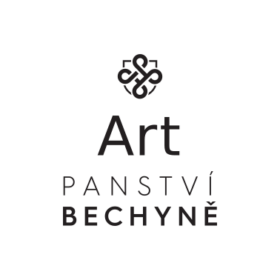About project
The installation of three objects by Jiří Příhoda in the Sternberg Palace represents the different paths that the author has been developing in his monumental sculptural works for a long time. They are all constructed on the precise foundations of Cartesian geometry, the proportional canons of classical architecture and the physical laws of balance. They work with the movement of light and shadow, the contrast between a rigid skeleton and a delicate transparent mass. Although all the objects are solid and static, they give the impression of dynamic movement. They play out an illusory scenographic drama with the ambivalence of inner and outer space. A completely new object, Capriccio, was created for the vast hall of the stables. At the crossroads between architecture and sculpture, the installation draws on the Renaissance invention of perspective. In history painting, Capriccio represented a genre of landscape painting with artificially shaped elements of small buildings. Here, it becomes the axis of the hall, whose reflections and linear perspective it incorporates into its construction.
Located in an oval atrium, the UAPs object uses artificial intelligence tools to generate fictional worlds
that are projected onto its wall in the direction of the palace’s outdoor garden. There is an object called Karbola. Its shapes are made up of a spherical section that gives way to a luminous triangular entrance. In the middle of the garden, surrounded by bronze statues, it gives the impression of an alien spaceship.


